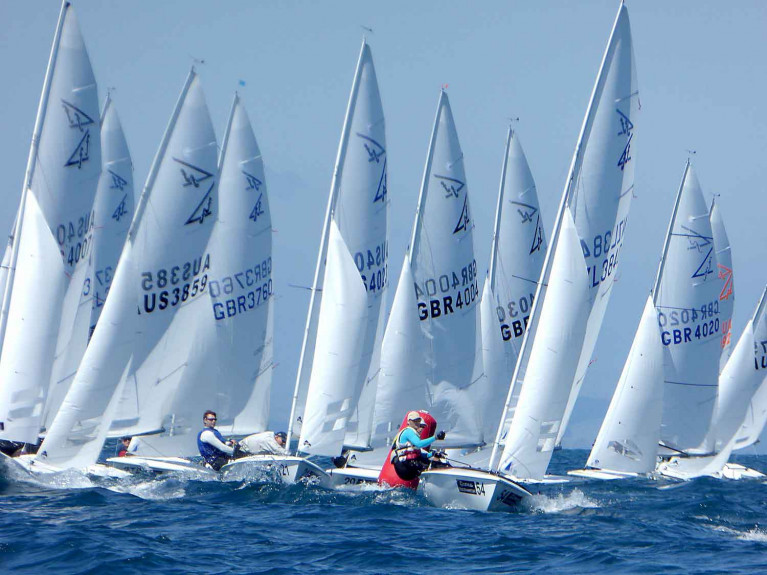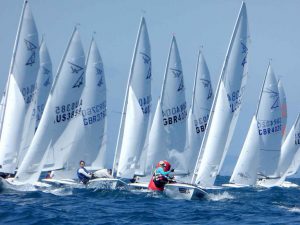

Excerpt from “Speed and Smarts” Newsletter issue 131 – David Dellenbaugh
Almost every sailor realizes the importance of making a strategic plan for the first leg before they start the race but how many of those sailors also develop a strategy for every other leg in the race?
It’s tough to make a game plan for the second leg before starting the race, but you should do this sometime before you begin that leg. It’s much too late if you round the windward mark and then ask your crew, “OK, which way should we go on the run?”
By that time, you have likely missed your best chance to pursue the optimal strategy. Instead of waiting until the last minute, look ahead to the next leg several minutes before you reach the mark.
Talk about what you see (e.g. wind pressure and the angle of other boats). Discuss your tactical and strategic options. It’s good to do this early since certain mark-rounding moves (e.g. a jibe set) require some planning. This needs to be done before you get to the mark.
Next Leg Strategy
Your strategy for the next leg doesn’t have to be complex; it could be something simple like, “We will do a bear-away set and play the right side of the run where there is more wind.” Or,
“We are going to round the leeward mark and then tack to get the shift on the left.” It’s critical to do this before you round the mark because affects the rounding you make.
Use your next-leg strategy to plan the rounding and an ‘exit strategy’ is especially key at gates.
There are two important things that you must do every time you round a mark and they are 1) get around that mark as fast as possible, and 2) set yourself up to sail the next leg quickly.
A fast rounding is not helpful if it means you must sail the wrong way on the next leg. It’s key to plan your rounding with the next leg in mind.
FREE BOOK! – CLICK HERE TO DOWNLOAD

